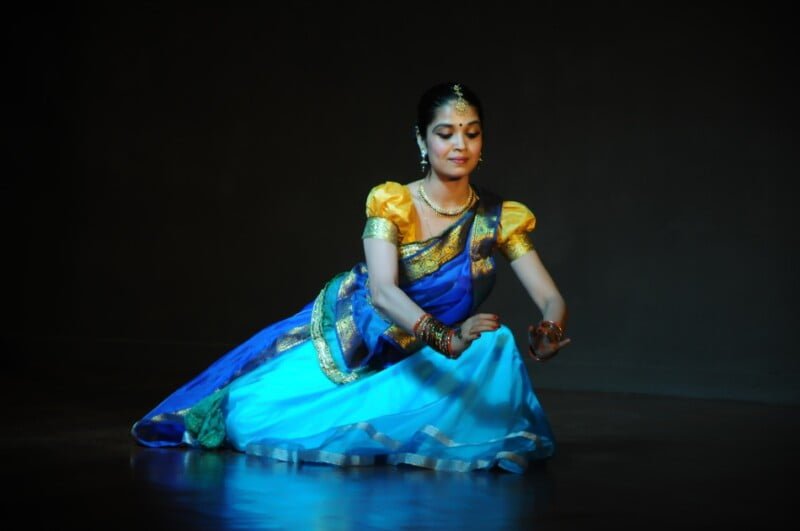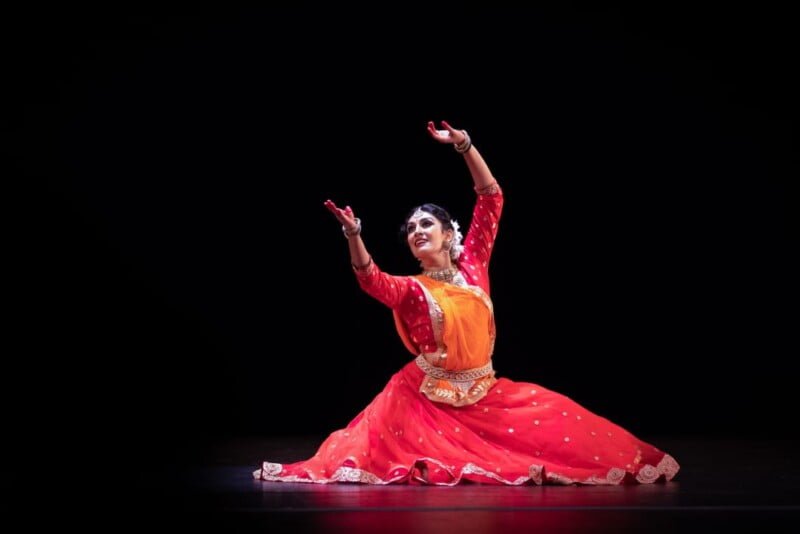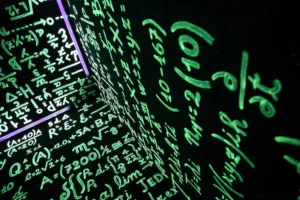Kathak dance form originated from north India and combines rhythm, storytelling and wonderful moves really well for everyone to enjoy. Kathak is an Indian dance that has grown over many years.

Origin and Historical Significance of Kathak Dance form
Ancient Roots:
Kathak dance came from the old temples in India. It was done by traveling storytellers called Kathakars. Over time, it changed as a way of telling stories using dance. It mixed ideas from Hindu and Persian traditions.
Mughal Influence:
The time of the Mughals greatly impacted how Kathak dance grew. Indian and Persian dance parts were mixed together during this time. This made a unique way of dancing called “Kathak”, which means ‘storyteller’ in old language (Sanskrit).
 Image Credit: Wikimedia commons
Image Credit: Wikimedia commons
Contemporary Use and Evolution:
Global Presence:
Kathak dance form now crosses country lines and is liked all over the globe. Famous Kathak dancers have shown their art around the world, helping it to be known in many different countries.
Incorporation of Innovations:
Kathak keeps its old ways but also welcomes new ideas from the present time. Modern Kathak dance makers often play with ideas, music and even work together with artists from other fields to keep their art fresh.
Versatility in Expressions:
Kathak is famous for being flexible, letting dancers show many feelings by using fancy hand signals (mudras), facial expressions (abhinaya) and steady foot movements. It can show stories from myths, books or daily life.

Image Credit: Wikimedia Commons
Fascinating Facts:
Bols and Tihais:
Kathak is known for its hard to understand beats, called “bols.” Dancers use these bols in a special way and make a pattern with them. Then they do something like tihais where they finish off their sequence very nicely using lots of rhythms at once.
Chakkar and Spins:
Kathak is famous for its fancy spins or “chakkar”. Dancers do lots of twirls in a steady way, exhibiting skill and being nimble. Great Kathak dancers can do many quick spins in a row without losing their balance.
Gharanas:
Kathak has different ideas, called “gharanas”, and each one comes with a special way to dance. The big groups include the Lucknow, Jaipur and Banaras groups. Each one adds to how different and full of lovely things Kathak is.
Costume and Jewelry:
Kathak costumes are fancy and usually have big outfits called lehengas or anarkalis for women. They also may wear kurta-pajama clothes for men. Dancers put on old-timey jewelry like headbands, ankle bells that make a beat sound when they move. They call these ghungroos and payal too!
Contribution to Bollywood:
Kathak has made a big difference in the dance scenes of Bollywood movies. Many people who create dance routines for Bollywood movies get ideas from the way Kathak dancers move their feet and express themselves. They cleverly put this old style into modern films with ease.
Kathak is a diffuse tradition, of which three gharanas (schools) are more well known and studied – Jaipur, Benares and Lucknow
Kathak, a tradition that’s been around for hundreds of years, keeps people amazed with its style and touching tales. Kathak began in old temples and has grown to be worldwide today. It shows that Indian traditions still have power for a long time now. When we look deeper into this old dance style, we find more than just a kind of moving. It’s actually alive art which shows the good looks and long history passed down from India.




